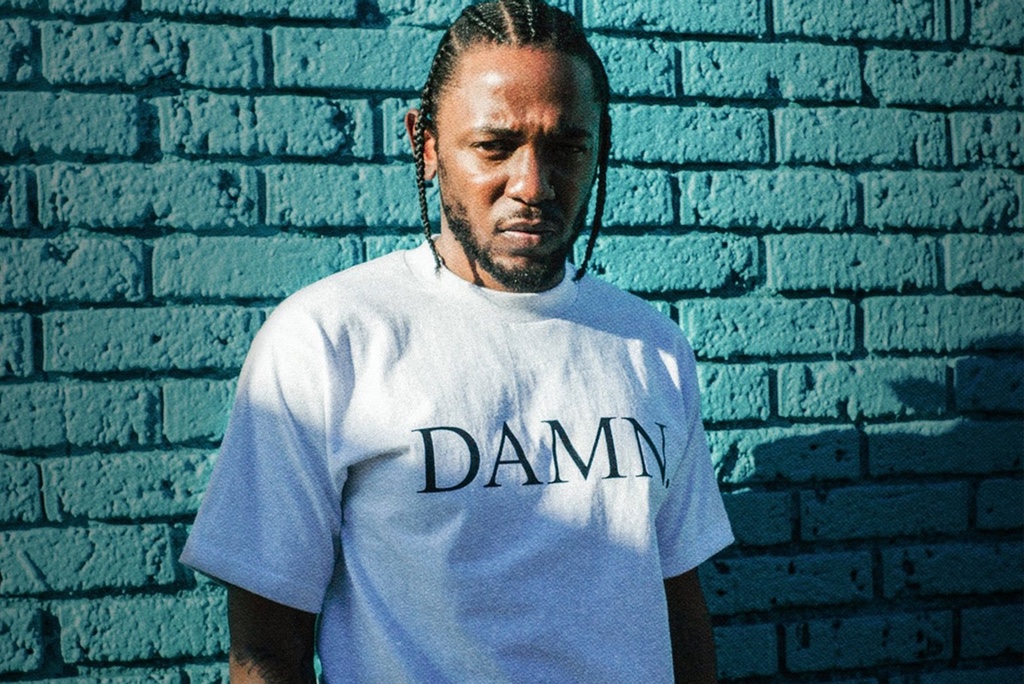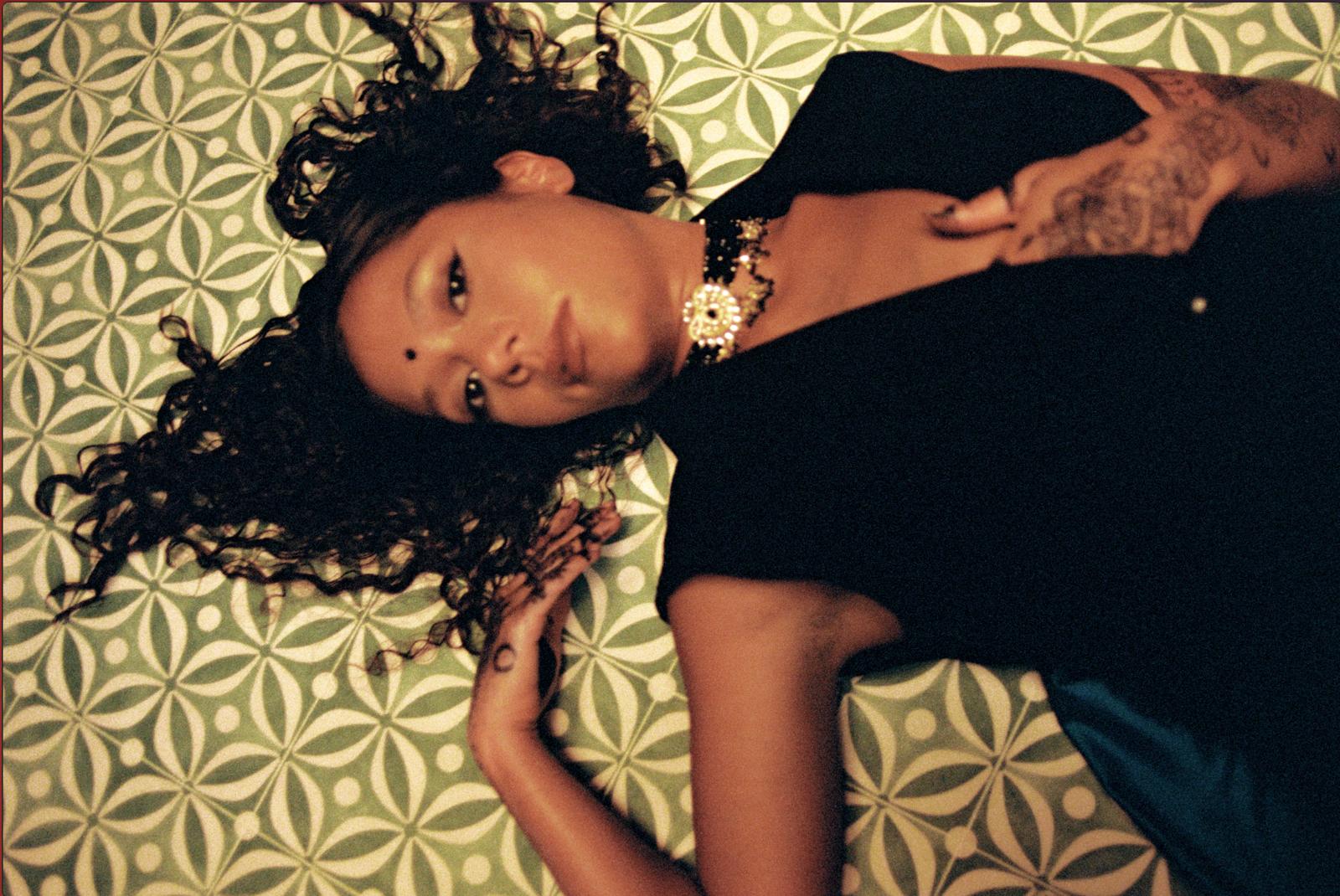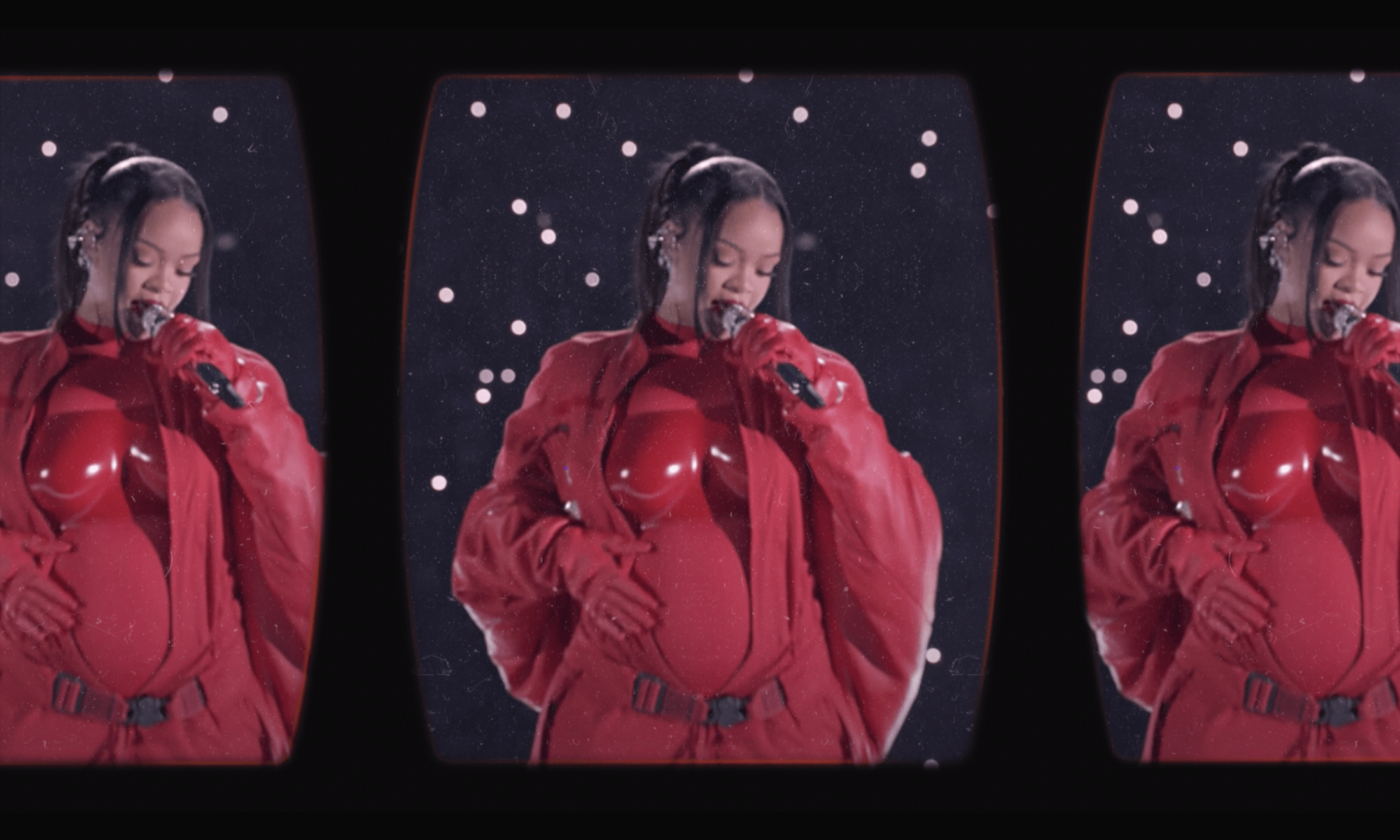
K-Dot is back by popular demand with DAMN., the follow-up to his 2015 magnum opus To Pimp a Butterfly, an album that was meditative, expansive and fearless in scope; a topical and political, jazz and soul odyssey exploring the black experience in America today.
One imagines Kendrick pondering just how in the fuck to follow an album widely considered one of the greatest rap albums of all time. The answer is surprising. He’s back with a new nickname – Kung Fu Kenny, and Kung Fu Kenny has new concerns. On first listen, DAMN. is a much more traditional rap album than its predecessor. It features production from Mike-Will-Made-It on three tracks, and certainly contains more bangers. It also seems less overtly political, and doesn’t contain as many obvious references to the state of blackness in America today.
“DAMN. is more reminiscent of untitled unmastered. as a collection of musings, thoughts and worries.”
DAMN. doesn’t have the same musical shifts and stops that made TPAB jarring (or striking, depending on your point of view). It marries furious beats with ferocious, masterful storytelling, alongside accessible instrumentals, 808s and hooks. He engages with other rappers, both with callouts to rap classics like Juvenile’s ‘Ha’ in ‘ELEMENT’, and also by taking shots at unnamed inferior rappers: “I can’t fake humble just cos your ass is insecure”. Unlike this year’s other signature rap album, or “playlist” (ahem), only a handful of artists are featured on DAMN., including Rihanna and a surprisingly restrained cameo from Bono on ‘XXX’. Overall the album is less experimental than TPAB – there’s definitely nothing as strange as the free jazz ‘For Free – Interlude’ here – and is more reminiscent of untitled unmastered. as a collection of musings, thoughts and worries.
Whilst DAMN. is already hailed as a modern-day classic by many, some commentators have argued it represents Kendrick retreat from his role at the forefront of black socio-political commentary. This fails to grasp the essence of the album and what makes it so powerful. DAMN. isn’t a change in scope, but rather a change in focus. As Stephen Kearse says in his Complex review, “…Kendrick’s self-indulgence on DAMN. isn’t a loss of ambition. It’s a shifting of priorities, an effort to live life rather than transcend it.”
“Good Kid, M.A.A.D City gave us Kendrick the Compton confessor. To Pimp a Butterfly gave us Kendrick the social justice protester. DAMN. gives us Kendrick grappling with the reality his talent and his success has created.”
Kendrick has always presented himself using various viewpoints. Good Kid Mad City gave us Kendrick the Compton confessor. To Pimp a Butterfly gave us Kendrick the social justice protester. DAMN. gives us Kendrick grappling with the reality his talent and his success has created. It isn’t the journey its predecessor was but it is no less exploratory. Instead of speaking for a whole community, this time, Kendrick is speaking for himself.
Even the album cover shows us this change of focus. A provocative and world-weary Kendrick staring at the camera, shot by Vlad Sepetov, who was responsible for his last two albums covers. Most notable was his image for TPAB, which featured a group of black men and boys standing in front of the White House holding stacks of money with a dead judge lying at their feet. Sepetov described the DAMN. cover art as “loud and abrasive”, not “uber political like TPAB but it has energy” – a visual reminder that Kendrick switched the focus to himself and his own struggles. Kung Fu Kenny doesn’t just want us to think of him by a different name, but by a different persona entirely.
None of this is to say he doesn’t still have justice on his mind, or that he isn’t still angry – in fact, quite the opposite. The capitalisation of the album and each track suggests defiance. ‘YAH‘ features a riposte to Fox News irritant Geraldo Rivera who criticised Kendrick’s legendary performance at the 2015 Grammy Awards with the assertion that hip hop has done more damage to the African-American community than racism. Whatever you say, Geraldo.
DAMN. also presents an antidote to the mindlessness some lean and trap movements that have come to dominate modern rap. It shows that you can make a “proper” rap album without just mumbling the same shit over and over for four minutes (take note, Migos). Kendrick uses his own repetitions to emphasise his loneliness and disillusionment from those closest to him:
“I feel like friends been overrated
I feel like the family been faking
I feel like the feelings are changing
Feel like my daughter compromised and jaded
Feel like you wanna scrutinise how I made it”
And death is still on his mind too. Death has always been a major theme in Kendrick’s music. GKMC was filled with references to the deaths of his Uncle Tony and friends in his neighbourhood. By contrast, Kendrick tearfully admonishes himself for not being present after a friend is shot on ‘u’, one of TPAB‘s most powerful tracks. The contrast between the two is striking; death is ever-present, but now he’s too rich and too famous for it to affect him. On DAMN., Kendrick uses the fear of death as a metaphor to examine his anxiety and guilt over the increasing sense of isolation he feels fame has brought him: “I’m talkin’ fear, fear that my humbleness is gone, I’m talkin’ fear, fear that love ain’t livin’ here no more”.
It doesn’t end there. From the opening ‘BLOOD’, when Kendrick shot by a blind woman, to listing the various ways he’ll “probably die” in ‘FEAR’, to portraying himself as Jesus at the Last Supper in the video for ‘HUMBLE’, – ready to die for his sins or ours – the album begins with death. Final track ‘DUCKWORTH’ details a chicken-based altercation between Kendrick’s dad and his boss Anthony “Top-Dawg” Tiffith that almost ended in bloodshed:
“Whoever thought the greatest rapper would be from coincidence
Because if Anthony killed Ducky
Top Dawg could be servin’ life
While I grew up without a father and die in a gunfight”
The album ends in life but it’s precarious.
“Kendrick reveals where he turns for peace, showing the album themes are personal, but are no less important.”
Despite this, the arc of DAMN. is positive. Throughout, Kendrick repeats the statement “nobody prays for me”. After his cousin does so on ‘FEAR’ (“See, family, that’s why you feel like you got this chip on your shoulder. Until you finally get the memo, you will always feel that way…”), there is a mood shift. Kendrick’s cousin explains his feelings of isolation in biblical terms, and reminds Kendrick that the people he feels isolated from are a “cursed people” and in the midst of their own struggles. Kendrick’s relief comes through this prayer and the tracks that follow, (‘GOD’ and ‘DUCKWORTH’ – his real last name), are letters to those he feels closest to. Kendrick reveals where he turns for peace, showing the album themes are personal, but are no less important.
DAMN. may not be the era defining work that TPAB was, but it isn’t trying to be. Instead, Kendrick has made an intensely personal and thoughtful rap album. It gives us insight as he grapples with the weight of being crowned Greatest Rapper Alive™, faith, his family and his feelings of remoteness. There’s a sense that he no longer feels like he has to be representative of a movement and is now more interested in describing his own life. This makes it more accessible than its predecessor but no less profound.








